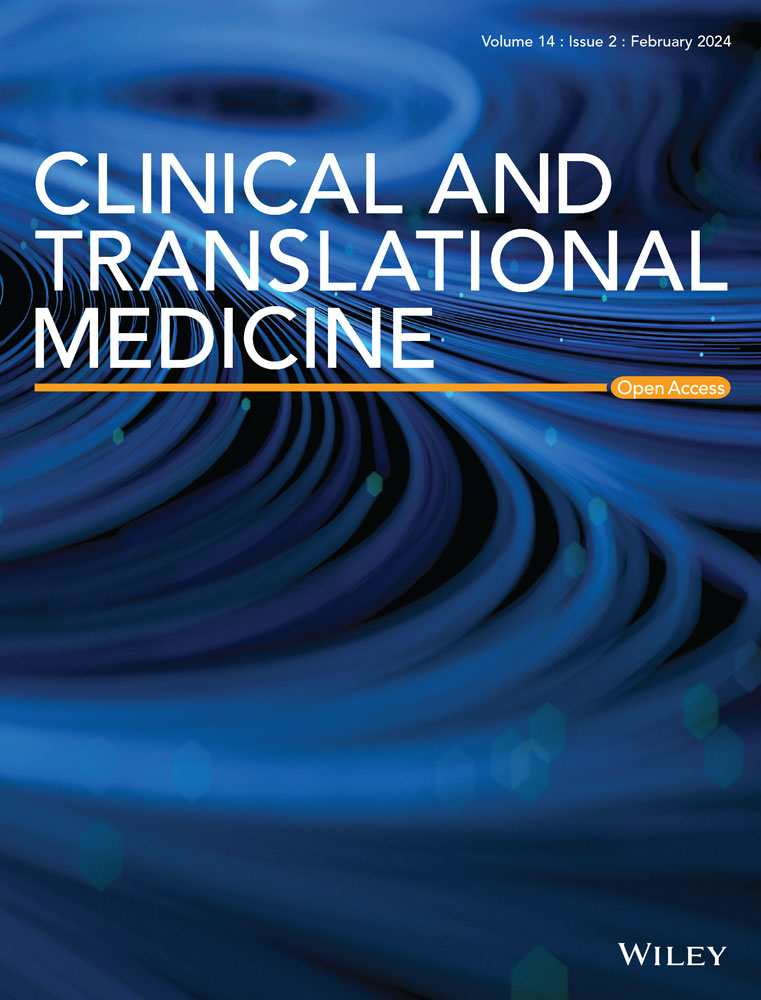Upregulated CEMIP promotes intervertebral disc degeneration via AP-1-mediated change in chromatin accessibility
Abstract
Background
Intervertebral disc degeneration (IDD), a chronic and multifactorial skeletal disorder, is the primary cause of low back pain. It results in reduced disc height and nucleus pulposus hydration due to proteoglycan loss and nucleus pulposus cells (NPCs) dysfunction within a hypoxic microenvironment. Metabolic dysregulation initiates catabolic processes, leading to extracellular matrix (ECM) degradation and compromising disc biomechanical integrity. Emerging evidence highlights epigenetic modifications as pivotal in IDD, influencing NPC gene expression transcriptionally and post-transcriptionally.
Methods
In order to understand the epigenetic underpinnings of IDD, our study provided a comprehensive profile of chromatin accessibility changes in degenerated NPCs using Assay for Transposase-Accessible Chromatin with high-throughput sequencing (ATAC-seq).
Results
With motif enrichment analysis, we identified the activator protein-1 (AP-1) transcription factor critical in driving the chromatin accessibility changes during IDD. Integrative ATAC-seq and transcriptional profiling revealed cell migration-inducing protein (CEMIP) as a key biomarker and contributor to IDD, exhibiting marked upregulation in IDD. Furthermore, we demonstrated that the AP-1 family, especially, c-Fos, orchestrates the upregulation of CEMIP. Elevated CEMIP plasma levels correlated with clinical IDD severity, and CEMIP knockout mice demonstrated improved IDD.
Conclusions
Mechanistically, CEMIP disrupted ECM homeostasis through its regulation of high molecular weight hyaluronic acid (HMW-HA) degradation, and its contribution to fibrotic changes. Our findings highlight CEMIP's vital role in IDD and identify the AP-1 family as a critical regulator of IDD, providing new potential therapeutic targets for novel IDD interventions.
Key points
- Integrative ATAC-seq and transcriptional profiling revealed CEMIPas a key biomarker and contributor to IDD, exhibiting marked upregulation in IDD.
- Further, we demonstrated that the AP-1 family, especially, c-Fos, orchestrates the upregulation of CEMIP.
- Elevated CEMIP plasma levels correlated with clinical IDD severity, and CEMIP knockout mice demonstrated improved IDD.
- Mechanistically, CEMIP disrupted extracellular matrix homeostasis through its regulation of high molecular weight hyaluronic acid degradation, and its contribution to fibrotic changes.
- Our findings offer new avenues for IDD treatment strategies, with the potential to alleviate the global burden of back pain.

 求助内容:
求助内容: 应助结果提醒方式:
应助结果提醒方式:


